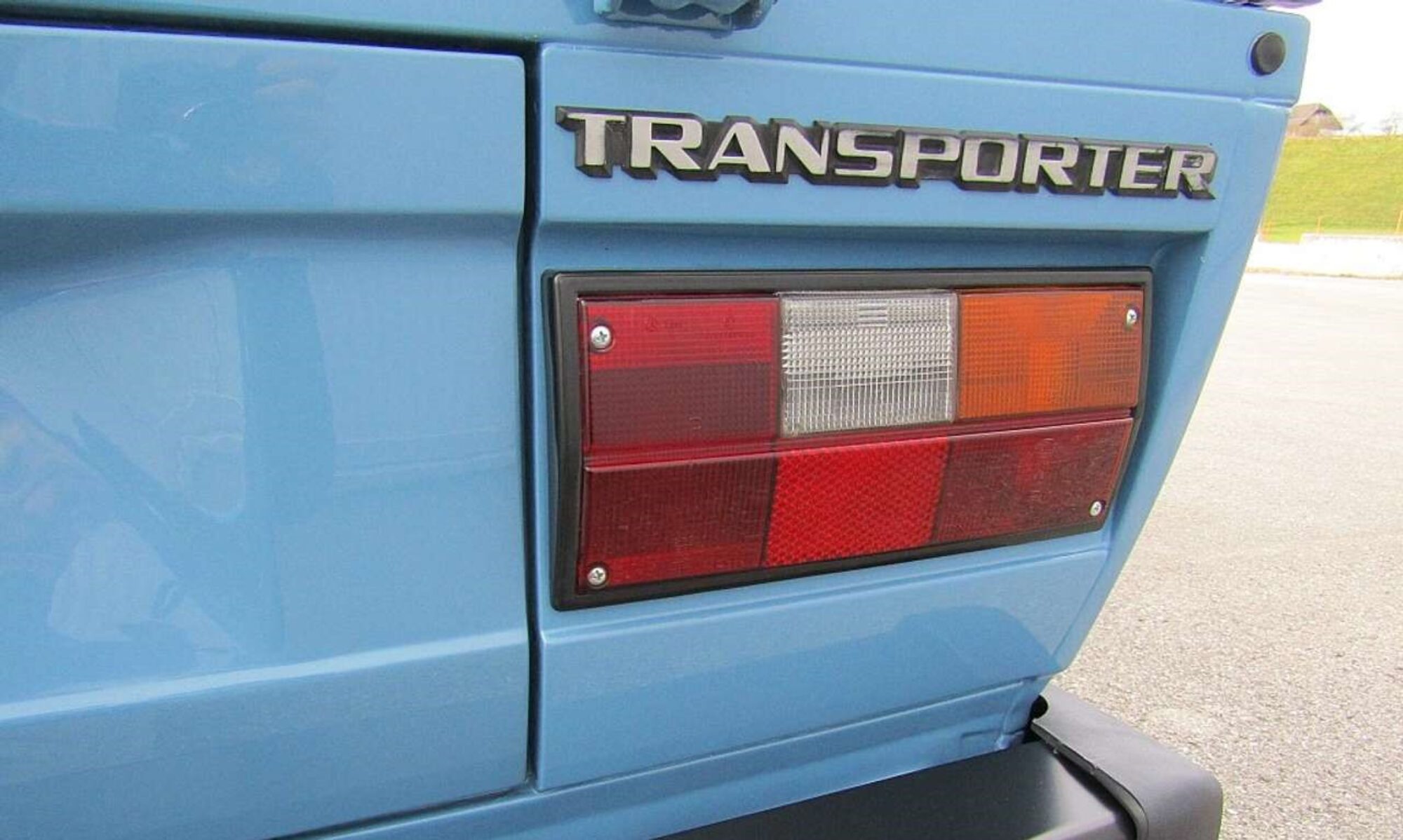Let’s make this personal – I own and regularly use a 1991 Vanagon Syncro Westfalia Campmobile. When the original 2.1L waterboxer (WBX) engine began illuminating its oil pressure light on highway offramps, I selected and installed a 2.5L high-performance WBX engine from a major Vanagon parts retailer – their best engine, at the time. When the 2.5L WBX at 30k miles was burning a quart of Mobil 1 every 300 miles, I was utterly frustrated. I was sick of the trappings of the WBX’s failings – CA smog checks, fussy 25+ year old Digifant EFI with built-in “Vanagon Syndrome,” sensitivity to fuel quality, horrible fuel economy, dizzying coolant temperature gauge highs, wretched power (yes, even the 2.5L engine was massively underwhelming from the get go), worries of melting “heat tabs” and taking the blame for melting down my engine, etc., etc.
I’m a VW mechanic and I love German engineering. I’m in California, so certain engine conversions are completely out of the question as far as CA’s smog program is concerned. Looking over the various Subaru engine offerings, well, bummed me out. I respect Subaru – I even owned a 4WD GL wagon in the ‘90s – but I don’t want a Subaru in my VW. This isn’t a bashing, it’s just a personal preference. I didn’t want a VW 1.8T gasoline engine, because the current offering won’t fit under the factory engine lid. I thought, “What about a diesel?” I looked over all the various diesel installs on Google Images and so many of them are hacks and very poorly pieced together. I felt it would be a nightmare if I had to piece together/make all the components to meet my lofty standards that it may never even get completed and my van would be sitting indefinitely.
Then I stumbled upon FASTT. When I looked at the sanitary engine compartment photos of their GEN. V engine program installs I was absolutely floored. These engines look factory – like they belong there. They are mounted at the 50 degree angle VW used in original diesel installs and fit under the factory engine lid. Their product looked extremely high quality. Honestly, I really thought it was too good to be true and put my hopes in check. When I initiated contact with FASTT, I came away very impressed with their answers to my initial questions. I obtained the VW factory technical documentation for the 1.9L Pumpe Düse engine utilized in the package and set about educating myself with how the engine management system operated. I wanted to be fully armed for an interview with FASTT about how they made this hi-tech modern powerplant work in the Vanagon platform and, more importantly, why I should trust in them. Jon at FASTT is a smart and extremely knowledgeable individual who takes his engine program very seriously. He had thorough, fact-based answers to my very specific and detailed technical questions. After interviewing him, I was convinced and placed a deposit.
Everything about the engine package is quality – from the engine cradle, mounts and brackets to the brand new wiring harnesses. I love that it retains the original WBX air box, factory Syncro intake dust collector and snorkel. I love that the engine compartment wiring harness plugs into the factory harness plugs. I love that there are minor alterations required to install the entire package. I love that the engine is a stock Volkswagen powerplant rather than a custom high-performance engine build. I love that any part I may need for the fuel injection system and/or maintenance is available anywhere in the world that VW parts are sold.
The final product as experienced from the driver’s seat is astounding. It’s smooth, quiet, extremely powerful and easily gets double or more the MPG (and range) of the WBX. The ECU tune has been carefully crafted to work with the Vanagon for drivability, which is a major reason it is so easy to forget that engine back there isn’t what the van was originally equipped with. I don’t even think about my engine anymore. I just put fuel in it, I check the oil and I drive it. It’s like any regular motor vehicle – It just works. I’ve driven my fully laden and heavy Syncro camper with this diesel engine at high altitude, in the cold and snowy conditions of the Sierra Nevada mountains, in the extreme heat of the Mojave desert and to Moab, UT and back again. In all these varying climates and conditions, it just handles it like the workhorse it is with no drama.
I’ve been completely blown away by the FASTT GEN. V diesel engine package – so much so that I’ve retooled my business to be 100% partnered with FASTT as their official West Coast sales and installation provider. I believe in the program that much. If you are struggling with what engine to choose for your Vanagon, know that I’ve been there and I’m here to tell you that this is definitely a solution that works.













































You must be logged in to post a comment.